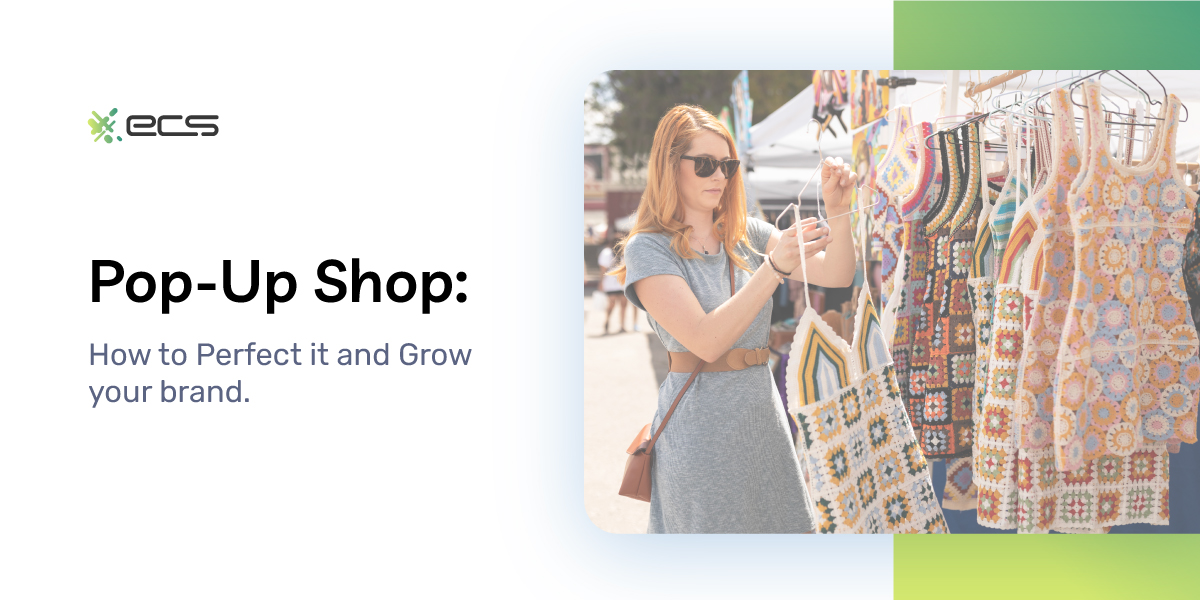A pop-up shop is a temporary retail footprint for your brand. You might think this means a booth at a fair or a table at a festival. However, it could also mean a retail pad in a shopping mall or a small section of a partnering store.
Whatever the venue, pop-up shops or “flash retail,” are a great way to boost sales and increase brand awareness among new customers without full commitment to a brick-and-mortar space.
Tis The Season to Pop-Up
Some pop-up shops are seasonal. Think of the mall kiosks that pop up around December, selling cookie tins, calendars, and other items that everyone will lose interest in come January.
There are even businesses whose entire revenue model revolves around the pop-up idea. Have you ever seen a Spirit Halloween store in your neighborhood? With 1,400 seasonal locations across the United States, chances are you have.
Spirit Halloween often opens up shop in temporarily vacant retail pads in the late summer and early fall. Although the online store is open year-round, there is far less demand for Halloween costumes in June and July.
Examples like this suggest that setting up a pop-up shop is a seasonal enterprise, hinging on consumer demand for holiday-themed goods. What about your business? Could it benefit from using a pop-up experience?
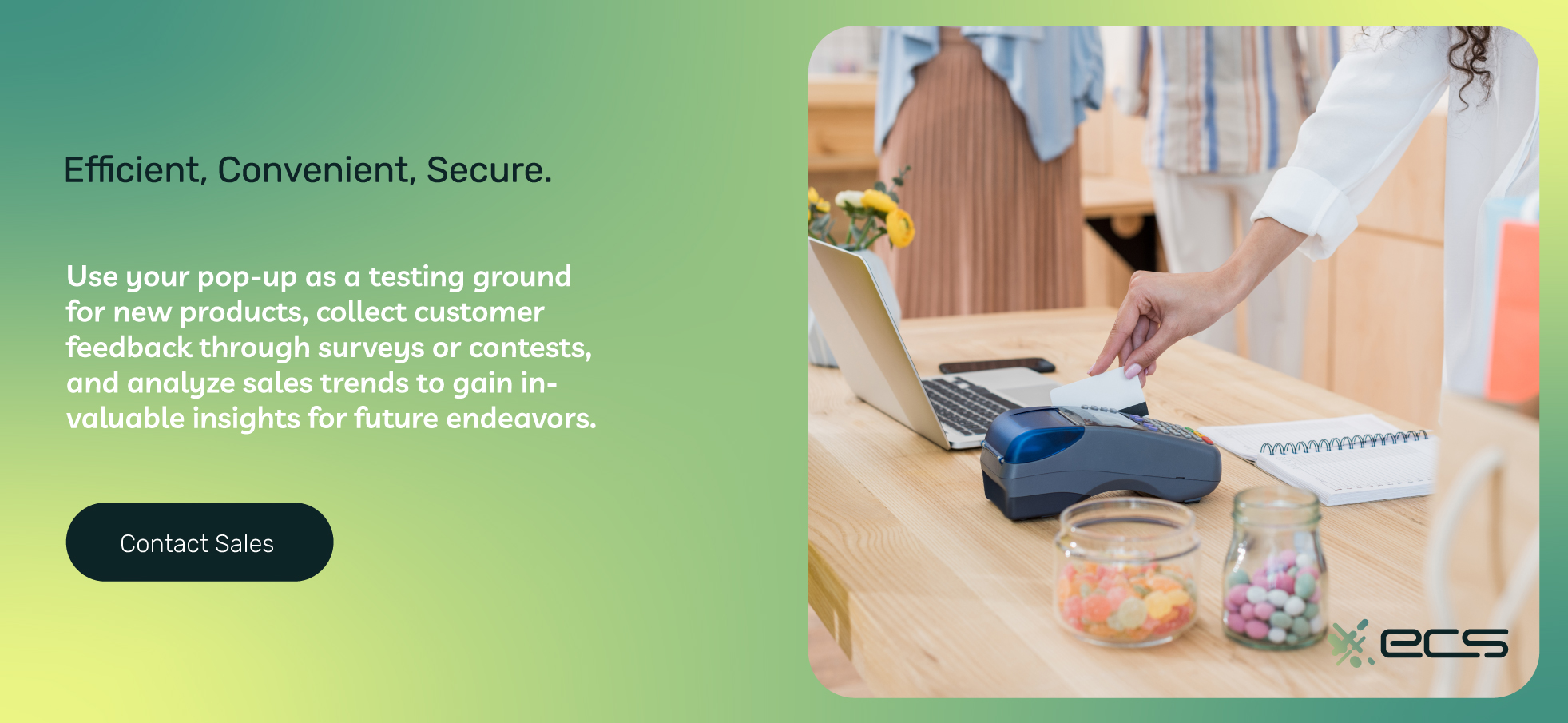
The Impact of a Pop-Up Shop
CapitalOne research found that temporary retail spaces will generate more than $95 billion annually by 2025. These revenue numbers are likely fueled by the fact that 80% of retailers launching a pop-up shop viewed it as a success.
What are the motivations for opening a pop-up shop? For 66% of retailers, pop-up goals include raising brand awareness. 63% want to improve customer connection, and 46% want to introduce a new product.
Both brick-and-mortar and eCommerce retailers use pop-up shops across America, from New York City to Los Angeles. Wondering how much it costs to open a pop-up shop? Pop-up locations are a cost-effective marketing strategy, with 44% costing less than $5,000 to open.
Around 40% of pop-ups are owned by brick-and-mortar stores, 32% by eCommerce businesses, and 28% by businesses in both venues (online and in-person).
Overall, it seems that pop-up shops are popular, cost-effective, impactful, and can generate some buzz for all types of businesses—not just seasonal businesses.
What Are The Benefits of a Pop-Up Shop?
Now that we’ve seen a general industry overview of pop-up shops let’s look at some reasons a business would invest in one. Remember that while a business might focus on one of the following reasons, they can overlap to provide several benefits simultaneously.
Test The Waters For Long Term Plans Without the Commitment
The average cost to rent retail space is nearly $23 per square foot. Location does matter, of course. In Manhattan, the average is $113; in less populated rural areas, the average can hover around $10.
To discuss the following idea with an example, let’s couple these numbers to a hypothetical restaurant space. The average restaurant is around 4,000 square feet.
Thinking of opening a second location, but not sure if your customer base can support an additional $92,000 ($23 x 4,000) per month, plus all the other overhead? A pop-up shop is a smart way to test the receptivity of a target audience without committing to physical space.
If your brand has previously been exclusively digital, a pop-up shop is a great way to see how a brick-and-mortar presence would go. If your pop-up is a flop, it’s time to evaluate (you may want to initiate a second attempt to rule out any other factors). And if it’s a success, that might mean it’s time to bring your business beyond the internet.
Unload Unused Inventory
Many large retailers unload old inventory by funneling it through outlet stores. If you don’t have your own outlet store, you can facilitate a similar strategy with pop-ups. Part of the strategy here may couple your pop-up to aggressive sales tactics like bundling: buy two, get one free!
Keep in mind that this type of pop-up may not have brand awareness of testing new markets as a primary purpose. In fact, you may not even expect to turn a profit. This type of pop-up may simply be about mitigating losses by unloading old stock.
For instance, let’s say you are facing a six-figure loss of soon-to-expire merchandise that just didn’t sell as well as you’d hoped. Now may be the time for a pop-up at a farmer’s market, fair, or festival with some aggressive bundling strategies.
Take Advantage of Busy Seasons
Certain seasons are busier in the realm of retail. November and December are great months to open up a pop-up in areas with high foot traffic, like traditional malls. Contrary to what you might think, nearly half of young shoppers did their holiday shopping in person last holiday season.
Over the last several years, consumers emerging from COVID lockdowns may have been eager to resume in-person traditions like browsing the mall. Whatever the reason, brick-and-mortar retail is not in the death spiral that pundits have been saying it is.
The holidays can be an excellent time to open up a pop-up in a vacant retail space or a mall kiosk. Kiosks offer high amounts of visibility and have low operational costs. Their costs vary based on the mall and their location therein. For instance, kiosks in the main mall corridor will cost more than those tucked away in the side aisles.
Create In-Person Connections
Online businesses struggle to build connections with customers. For a bit of contrast, think of Disney. The average consumer has virtually no interaction with any “face” of Disney. They consume movies and perhaps buy clothes or toys. But what happens when they become one of the 58 million people who visit Disney World annually?
Suddenly, their connection to Disney becomes a personalized experience. They ride through Pirates of the Caribbean, descend into the Haunted Mansion, and take photos with their favorite characters. This in-person experience deepens brand appreciation.
Other businesses have seen the value of forging live connections. eBay, Shein, Klarna, Netflix, and Nintendo are all businesses that don’t need to see their customers in person. But all of them have dabbled in pop-up shops to create tangible connections.
Netflix, for instance, created “The Grove.” This immersive space provided those who chill with the opportunity to purchase limited edition items from its most popular shows, like Stranger Things and Squid Games. There were also life-size versions of characters from some of these shows, providing visitors with ample selfie opportunities.
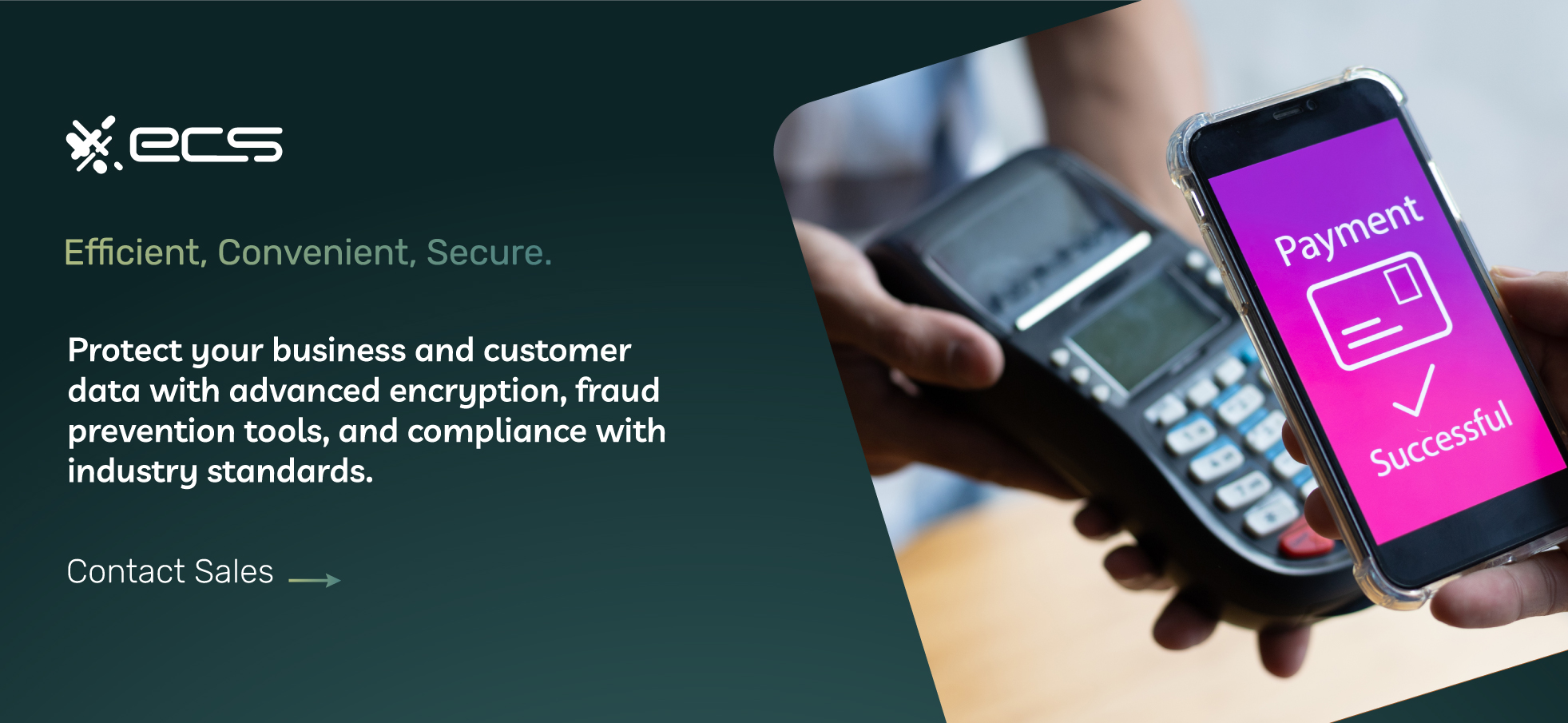
Lower Your Customer Acquisition Costs (CAC)
Customer Acquisition Costs average around $70 in the e-commerce space. However, specific industries have much higher costs. Jewelry, for instance, can have a digital CAC of $1,143. To make matters worse, some studies have shown that digital CAC has increased 222% over the last decade due to increased privacy elements that complicate harvesting customer data.
If you do any digital marketing for your business, you know that making noise online can be difficult. Every day, the average consumer is bombarded with thousands of ads. Some marketing agencies suggest that an ad must be seen five times before it’s noticed, 10 to become memorable, and 20 before it leads to any action.
Why not take your customer acquisition to a location that may be flying under your radar? We’re talking about the real world. Even customers who do not purchase something at your pop-up will be exposed to your brand when they walk by it. You won’t have to compete with the other millions of advertisers on social media.
One entrepreneur named Ben Seidl created a platform to match retailers needing pop-up space with commercial real estate owners sitting on vacant property. Seidl estimates that “a physical impression is going to be more affordable and higher quality than a digital impression.”
This advice seems counterintuitive in light of how inexpensive social media ads are. But it makes sense when you think about how saturated online markets are becoming and how increasingly difficult it is to attract consumers with attention spans shorter than a goldfish.
Launch a New Product
You may have already established a brand. Customers are familiar with your voice, style, and products. But what if you want to launch a new product? What consumers are unaware of how this product will fit into your brand story?
Once again, a pop-up shop can help. You are already able to capitalize on pre-existing brand awareness. Customers who comprise the foot traffic around your pop-up will recognize your brand, making introducing a new product much more accessible.
This is something that food businesses do frequently. If they are trying to boost sales of an existing product or launch a new one, they will set up a pop-up shop in grocery stores. Usually, these pop-ups involve giving away lots of free samples.
How To Set Up A Pop-Up Shop in 4 Easy Steps
We’ve looked at the benefits of a pop-up and even how much it costs to open a pop-up (most of them cost $5,000 or less). So, how do we get started? Let’s boil it down into four easy steps.
Step #1: Location, Location, Location
Want to know how to start a pop-up? The first thing you’ll need to figure out is the space. Will this be an outdoor pop-up shop at a festival? An indoor pop-up inside a vacant retail pad at the mall? A partnership with an existing retailer like Kroger or Walmart?
And yes, Walmart does engage with pop-up shops. They are partnered with Popable, a marketplace that works with independent merchants. This is a perfect example of the plethora of opportunities that might be out there for you.
You could start by doing a Google search for “pop-up marketplaces near me.” In addition to Popable, you’ll find some local opportunities. Check out your Chamber of Commerce website. Ask around your social network for community fairs at schools, recreation centers, or the local library.
A few questions to ask before you book a pop-up shop space are: how much will it cost? Who is responsible for cleanup? Are there any noise restrictions or ordinances that might restrict any aspects of the experience you want to create…food, drinks, or alpacas? More on the alpacas later…
Think of your existing customer base when contemplating a pop-up. A pop-up can test the waters and help determine if specific markets are friendly. But straying too far afield might be a gamble that won’t pay off. For instance, a pop-up clothing shop selling Bohemian jewelry and tie-dye apparel will probably be more successful at a music festival than a sporting event.
Step #2: Create an Experience
Customers today are expecting something…a little different. Take a page out of Oscar Meyer’s book. They sent the Wienermobile on its first-ever trip to Whittier, Alaska, in the dead of winter.
Food trucks are a sort of pop-up shop, certainly. The purveyor of processed luncheon meats made quite an entry when they rolled into the land of midnight sun aboard a massive hotdog on wheels.
You don’t have to do such a stunt, but you should do something creative. The parameters of this creatively, granted, will be limited by your budget. At the high end of the spectrum, there are stunts like hiring a celebrity sushi chef to serve appetizers while customers browse your latest product selections.
But at the very least, you should consider color palette, music, and even aroma. An event planner can help come up with some unique ideas. Alternatively, you may have someone with a creative spirit and unique experiential ideas.
Experiential Pop-Up Shop Examples
BarkShop is a subscription box service catering to pet owners (and their four-legged masters). They opened a pop-up in Manhattan’s trendy Soho and invited shoppers to bring their humans. The idea of this “experience” was quite simple (allowing shoppers to bring their pets), but it created a pleasurable experience for consumers who like animals.
Penguin Publishers has opened pop-ups and invited guest speakers and authors to enrich the experience with book signings, readings, and presentations. IKEA has capitalized on the fame of its meatballs and opened furniture pop-ups that also included a restaurant.
Celebrity Kylie Jenner’s makeup brand opened a pop-up shop with selfie stations. Twenty-five thousand shoppers came over the course of two weeks. The event was so successful that they opened seven more and added some exclusive products only available at the pop-up.
Consumers have shown increasing interest in sustainability, environmental, and ethical issues. That’s why online mattress retailer Leesa allowed customers to try its products in person…surrounded by art pieces made by disabled and homeless artists (one is left wondering if Leesa provided any of said homeless artists with a free mattress).
Modify Watches created a pop-up shop that included a watch-making showcase. Customers could browse for watches and see how watches were made. Dolce & Gabbana created a unique clothing truck that immersed shoppers in the history and style of Sicily.
Clothing brand Paka—made from Alpaca wool—went “on tour” with two actual Alpacas in tow. In the words of founder Kris Cody: “Alpacas are magnetic creatures, so I made them the focal point of my tour instead of pushing the products in an unnatural way.” Products and a petting zoo are probably one of the more unique types of pop-up shops out there.
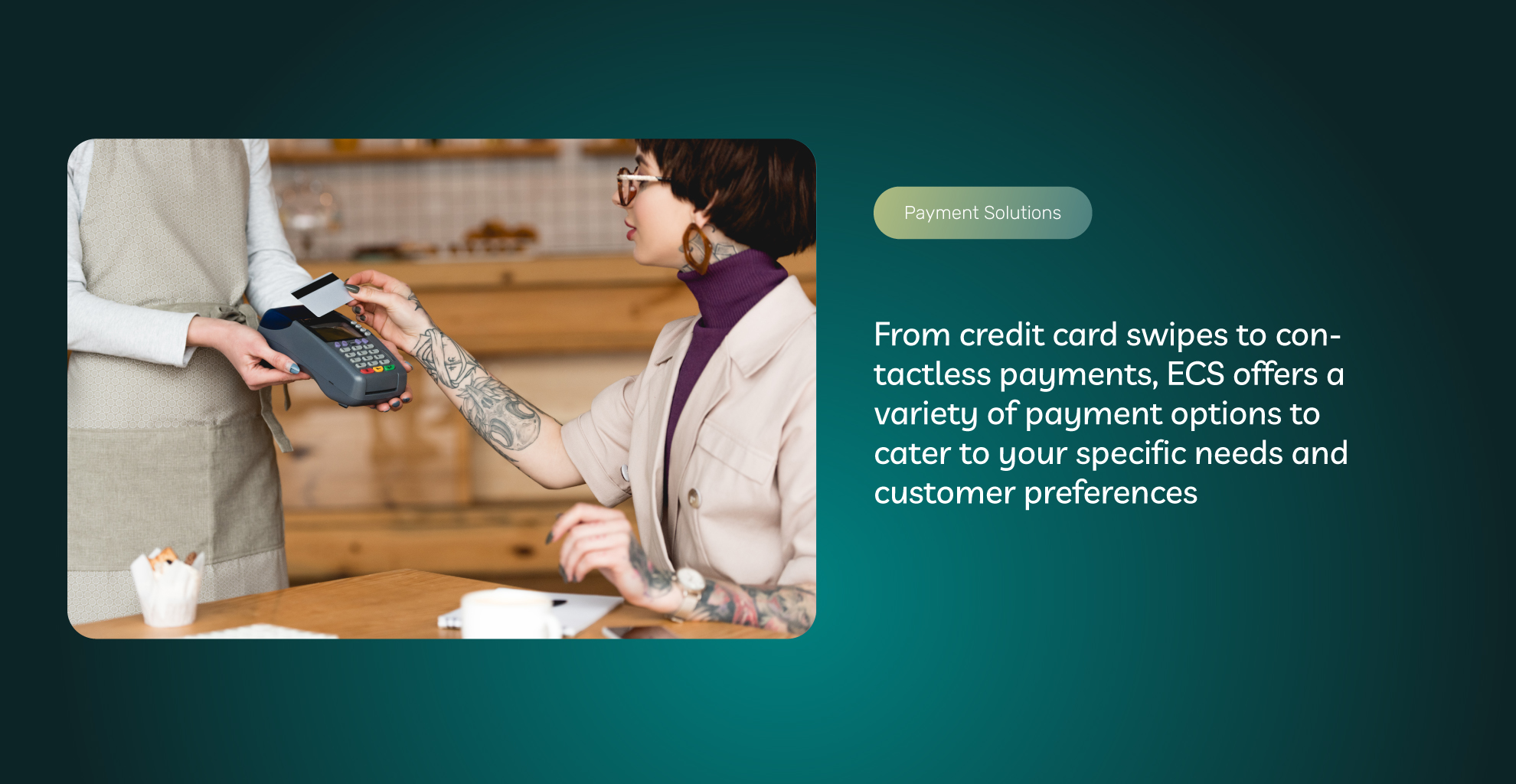
Step #3: Market Your Pop-Up
It’s time to spread the word. The best way to do this is on social media. It would be best to consistently advertise your pop-up at least two weeks in advance on all your channels: Facebook, Instagram, TikTok, or whatever else you have.
Collaborating with influencers to attend your pop-ups and spread the word with their fanbase is a great idea. If you don’t know how to get in touch with influencers, there are several platforms where you can find one. Platforms like Upfluence allow you to sort influencers by audience size, niche interests, and location.
Your pop-up shop is going to be in a physical location. That said, using local influencers makes the most sense. A marketplace like Upfluence is also an excellent way to vet influencers and create a contractual relationship where you can rely on the influencer to do what you need them to do.
Marketing Tips For Making a Pop-Up Store Successful
Regarding organic marketing, you will want your posts to contain localized hashtags like #chicago #chicagoshops #chicagoeats #chitown and everything else Chicago (insert your location here). There are also interest-based hashtags. If you need some ideas, browse the profiles of some of your customers and see what hashtags they use.
The hashtags will help these posts get in front of locals browsing their feeds. You can also put a location in the post, which will put it in front of users browsing maps. Tag a few local publications to see if that attracts any coverage.
Then there is paid advertising. Paid adverts on social media are cost-effective because you can ensure the ad is only shown to target audiences based on location, age, gender, and even interests (alpacas, alpaca wool clothing, etc.).
Step #4: Capture Marketing Material and Pivotal Data
Make sure the cameras are rolling and that you can capture the customer experience. This does not mean you need to hire a professional photographer (although it might). You can get an employee or walk around yourself to take pictures (with permission). But actually, you will find that the best photographers are your customers.
Create large and conspicuous signage encouraging customers to take selfies and photos. Make sure that this signage includes a branded hashtag. You can use this phrase associated with your business to group all organically posted material.
Want to stimulate customer participation in the selfie strategy? Make it into a contest. Let everyone know that you will enter them into a drawing to win one of your products or services if they:
- Take a picture.
- Use the branded hashtag.
- Tag your business.
- Tag two of their friends.
This is an excellent way to facilitate user-generated content or UCG.
Another way is to include fun stuff for participants to photograph. This is what Netflix did (as mentioned) by creating lifesize figures and scenes from popular shows like Stranger Things. Display signage encouraging customers to use branded hashtags and tag your business so it’s easy to organize and promote the posts after the event.
You can later browse through the photos and see if there are any you’d like to feature on your page. This will create a sense of community and social proof as online customers see real, live, in-person interactions with your brand.
Follow Up With Your Influencers
Now is also the time to follow up with your influencers who attended the event. Make sure they are making posts or putting up stories as specified. Keep in mind that you will have little control over how exactly they do all this. The unfiltered, organic aesthetic of influencer marketing is just part of the deal.
Moreover, social media users respond positively to these raw and unedited glimpses into the lives of their favorite people (these influencers). Now, they’ll find your brand. 61% of consumers trust influencers, nearly twice that of consumers who trust brand-generated content (38%).
Some surveys complement these more moderate findings by suggesting that 92% of consumers trust influencers more than traditional marketing. Either way, it is clear that influencer endorsement significantly contributes to building brand trust.
How To Evaluate Your Pop-Up Shop’s Success
Now, on to an equally important aspect of debriefing: data. How many products were purchased? If you offered multiple products, were they paired together? What days and times were the most successful in terms of sales? Were those times before, after, or during any kind of immersive experience? How did online sales fare after the event?
There is only one way to capture this data in a minimally invasive way, and that is the point of sale. Your POS terminals are the transactional gateway for recording the details of every interaction that means something.
It can give you general stats like average ticket size, busiest days, and busiest times. It can tell you which items sold the most and when they were selling. Additionally, it can provide several data points that you can analyze for future decision-making.
Data-Based Decision Example: Energize!
Suppose, for example, you are an online purveyor of collectibles and had a seven-day pop-up shop during the holiday season. Funko Pop Bobbleheads practically flew off the shelves, particularly those associated with Star Trek (you know this because your POS software integrates with your inventory software). By contrast, baseball cards and sports memorabilia did not do too well.
It’s time to use these data points for your next pop-up shop. This time around, you’ll be going for a Star Trek theme. In addition to Funko Pop, you’ll sell posters, shirts, and other Trek collectibles. You might even consider asking Patrick Stuart to show up and deliver some iconic phrasing in a rich Shakespearian accent: make it so, number one.
Our example is somewhat pinpointed, but you get the idea. Data unlocks better decision-making. This decision-making does not only relate to your next pop-up shop but may also have more significant implications.
The Pop-Up Is Your Laboratory
It may, for instance, direct the path of your “home base” or your website (if you are an eCommerce store). If Star Trek-themed goods did well at the pop-up, maybe it’s time to add more Trek merch to the website. Perhaps some social media campaigns should focus on Trek. Maybe you should contact Patrick Stuart and see how much he charges to work together.
If you have a brick-and-mortar home base, data points are also valuable. Look to the pop-up shop to see a microcosmic sampling that may inform the layout and inventory of your store or restaurant. Was the fusion of sushi and Mexican cookery a big hit at your sporting event pop-up? Maybe it’s time to feature sushi burrito specials with Monday Night Football.
It doesn’t matter what your business is. The point is to leverage your pop-up shop ideas into a lab to gain suggestions for your prominent place of business. And the best, most straightforward way to do that is to capture the numbers at the point of sale.
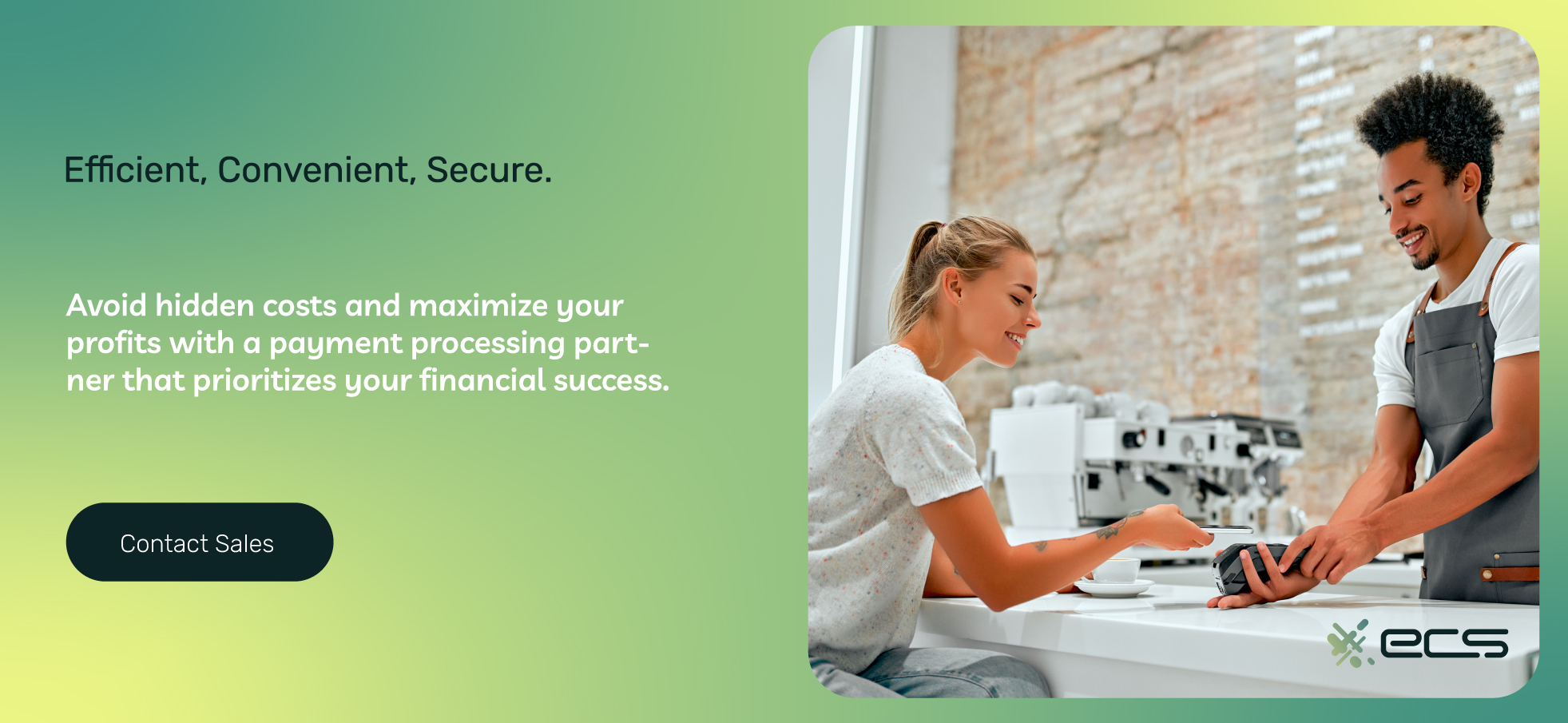
What is the Halo Effect?
A very interesting set of findings has emerged regarding online retailers who open up physical locations: online business improves. Conversely, retailers who close a physical store presence see a dip in online sales. This phenomenon has been dubbed the halo effect.
One fascinating study found that a physical storefront can boost online sales in that area by 110%. Recall that consumers are bombarded with messaging on social media platforms from personal connections and businesses.
It can be challenging for anyone to cut through that noise. It is becoming increasingly more accessible for businesses to “cut through the noise” of quieter, more traditional spaces…like…reality.
Customers see a thriving pop-up, which immediately creates a positive sentiment about the brand. Later, when they are online, this positive sentiment becomes the foundation for another interaction. Encouraging in-person visitors to follow you on social media makes it much easier to leverage this positive impression into lifelong engagement.
Conversely, as stated, consumers develop negative perceptions of brands that close physical stores. They see this as “proof” that the brand is tired, overplayed, or down for the count, creating a negative perception of the brand, which may make it easier for competitors.
The overall idea is that getting your brand in front of consumers in their real, waking lives (outside of their smartphones) is essential. This is a great, unsung opportunity to build positive brand awareness, which is probably why pop-up revenue is rising (e.g. because businesses are increasingly investing in the pop-up space).
With the advent of “virtual reality” spaces, it will be interesting to see how pop-ups migrate to digital worlds. That will certainly be worth investigating, and some businesses are already dabbling in that type of pop-up. Sandox, Decentraland Horizons are just a few “metaverses” where brands experiment with virtual pop-ups.
Pop-Up Shop Wrap Up
Think about your customers and pick a location accordingly. Don’t just show up to sell products or services; create an experience. Invite special guests your customers would want to meet or hear from.
Collaborate with other brands. Provide exclusive merch or discounts. Hold contests. Provide product demos or related services. Give free samples away. Hire a DJ. Throw a party. Host a fashion show. Bring Alpacas. Whatever you do, make it an experience.
Spread the word about your pop-up before and after it occurs—partner with influencers to spread the word and have them attend the event. Encourage customers to capture photos for you and create user-generated social media content. Leverage the data gleaned from the point of sale to make decisions about future pop-ups or your business as a whole.
A critical piece of hardware in this story is your POS terminal. To learn more about how it can assist you in making your pop-up shop a success, give us a call or contact us using the form below.
Frequently Asked Questions About Starting a Pop-Up Shop
A pop-up shop offers a temporary retail space for businesses to increase brand awareness, gain new customers, boost sales, engage with clients, and create meaningful connections without committing to a permanent brick-and-mortar retail space. Businesses can also use these pop-up shop opportunities to unload unused inventory, take advantage of busy seasons like the holidays, lower Customer Acquisition Costs (CAC), and test the waters for a new product launch.
Pop-up shops can raise brand awareness, improve customer connections, introduce new products, and increase cost-effectiveness.
With 80% of retailers claiming pop-up shops as successful, they are gaining popularity. Pop-up shops are projected to generate over $95 billion annually by 2025.
There are five key steps to designing a pop-up shop:
1. Choose the right location and consider cost, cleanup responsibilities, and local ordinances.
2. Create a unique and engaging customer experience with contests and prizes and consider elements such as color palettes, music, and aroma.
3. Utilize social media and collaborate with local influencers to spread the word and create anticipation and excitement about your pop-up shop.
4. Encourage customers to take photos and selfies at your pop-up and use branded hashtags on social media platforms.
5. After, use point-of-sale data to evaluate the success of the pop-up and drive future decisions.
